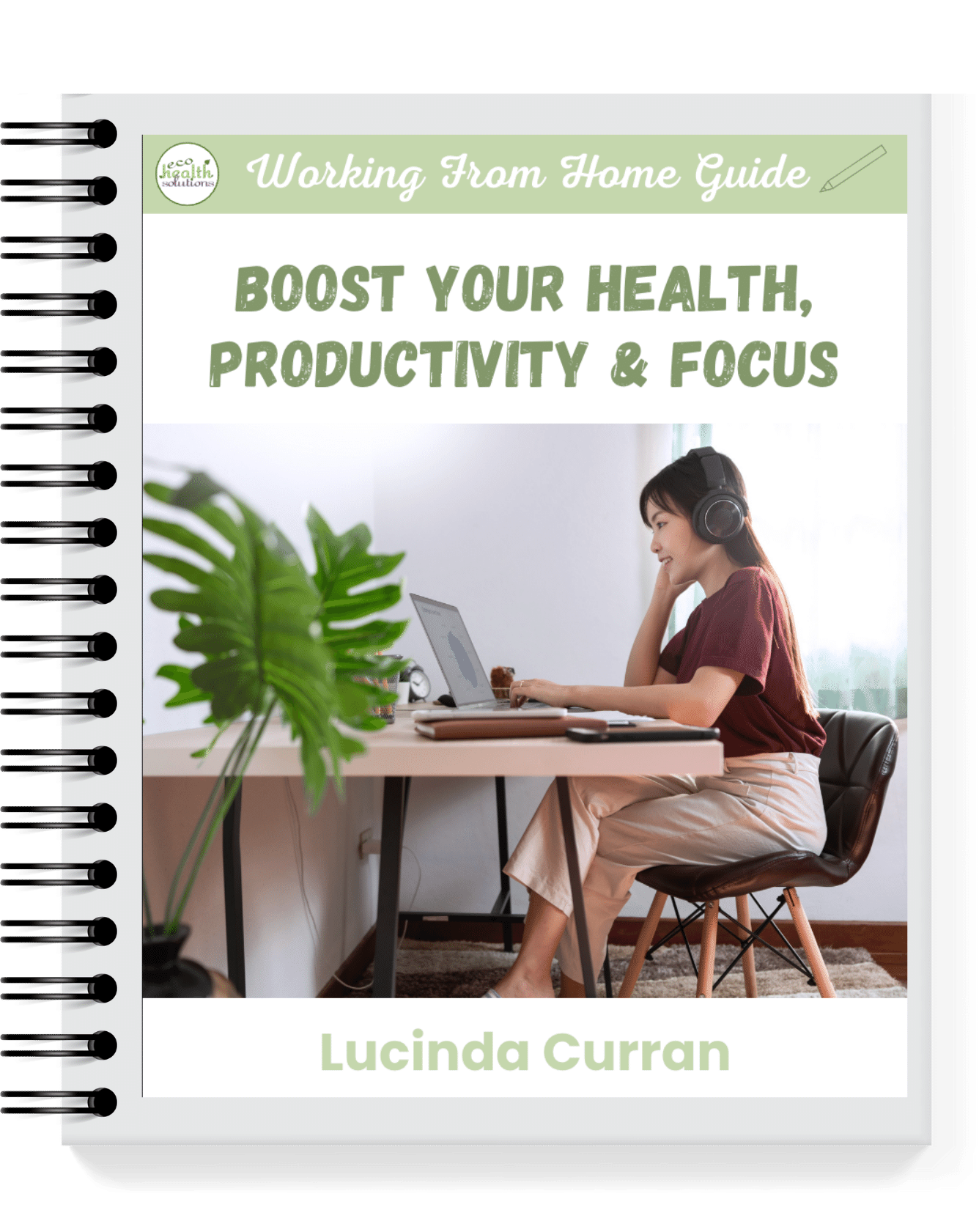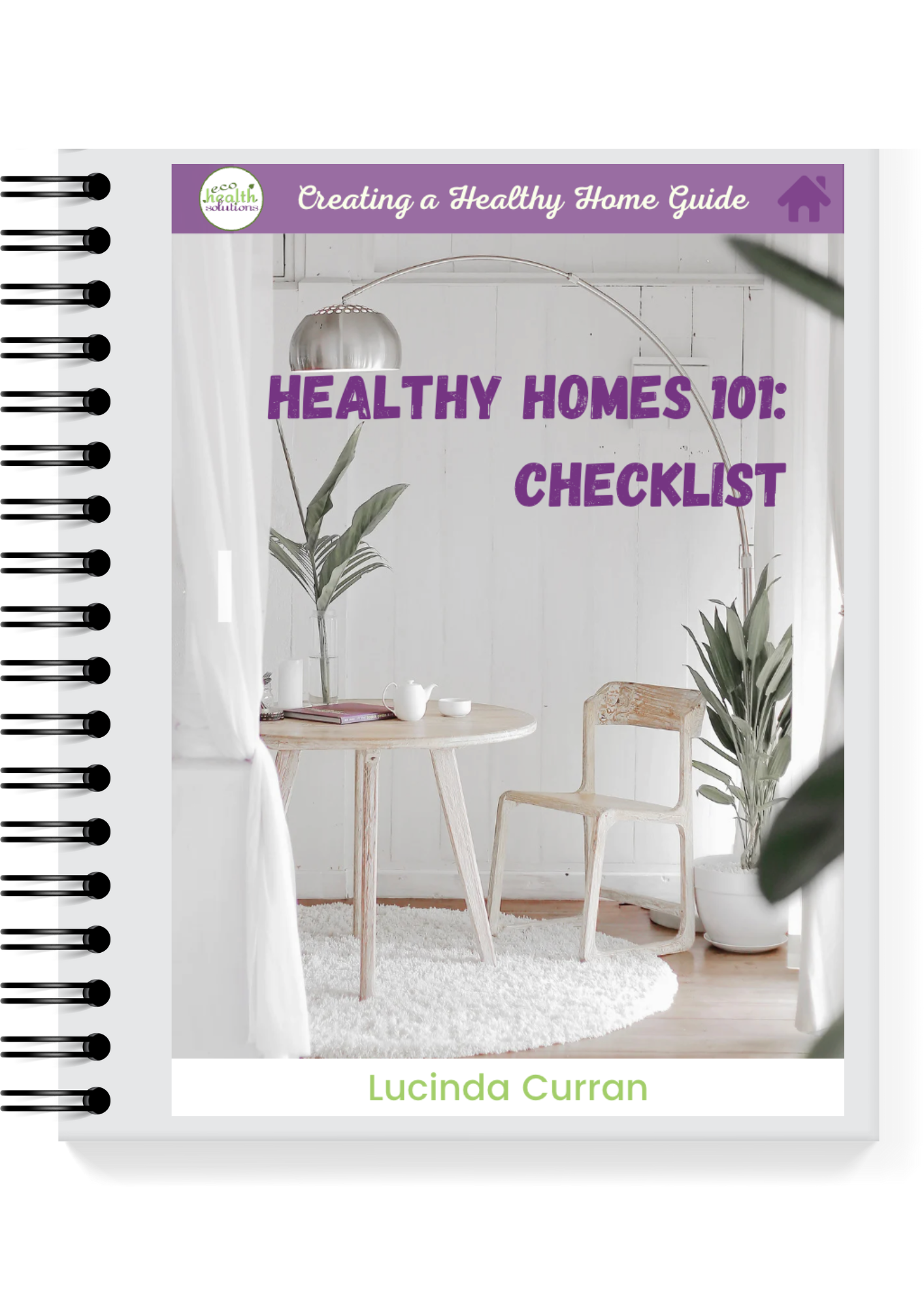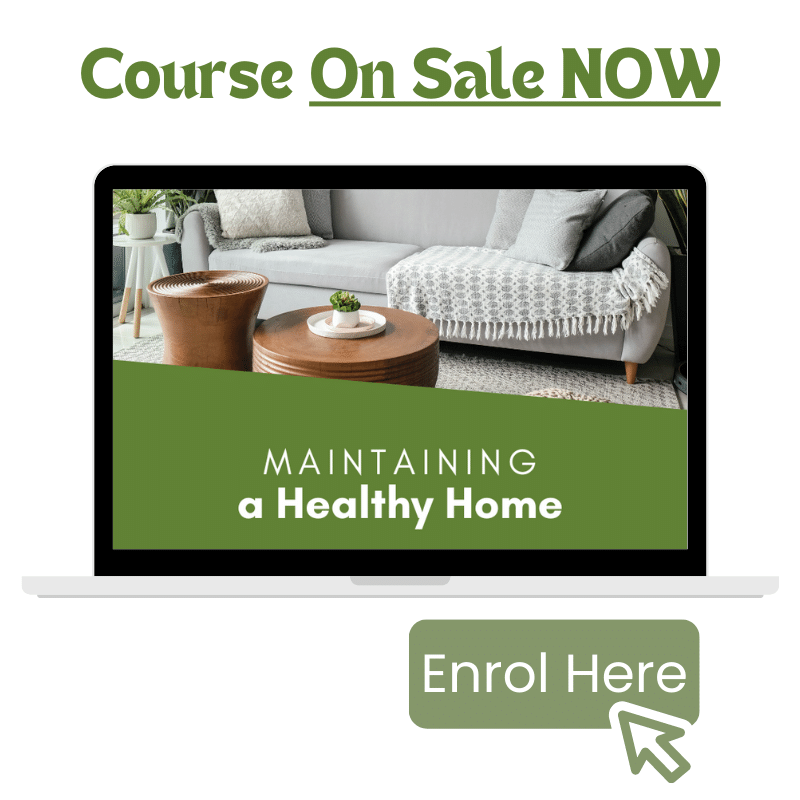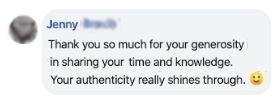Humidity is not just a present in our rainforests, it is also present in our homes
Humidity is basically moisture levels in the air.
Relative humidity (RH) is what we commonly talk about, and the ideal range is between 45-55% RH.
Why? Because at this level, it is not moist enough to for most mould, bacteria and other microorganisms to grow. Thus, this is our levels of “no concern” in our Building Biology Standards.
This image depicts different activity levels at different levels of RH (Arundel, et al).
The best way to know what the levels are in your home or workplace is to use a basic hygrometer, such as this one.
RH levels affect our comfort levels as well as our experience of temperatures
When RH levels are high, temperatures feel a lot more oppressive… Think “tropics” and “wet seasons.”
When RH levels are very low, we feel dry – our eyes, throat and mouth can become irritated as a result. Too, we may experience more static electricity.
Why is Humidity an Issue?
Humidity is an issue because when a material is cold enough, this moisture will condense out of the air and can result in the proliferation of mould. Read more about condensation here.
In a recent trip to far north Queensland, I witnessed first hand what regular high levels of RH were like. The temperatures remained stable in the high 20s (celcius) and the RH levels were around 86% night and day. The buildings I saw had the air conditioning running full pelt, and as a result, there was water streaming down all the windows.
On further investigation, it was apparent that the building materials had varying temperatures, and some were cold enough to be below dew point. The result? In technical terms: mould in the interstitial spaces of the building… hidden mould – aka “invisible mould.”
Discover more…
In the video below as I share with you how to manage humidity in our homes.
Understand the difference between desiccant dehumidifiers and refrigerant dehumidifiers and which one is best for you.
Work out what you need in your home or workplace.














0 Comments